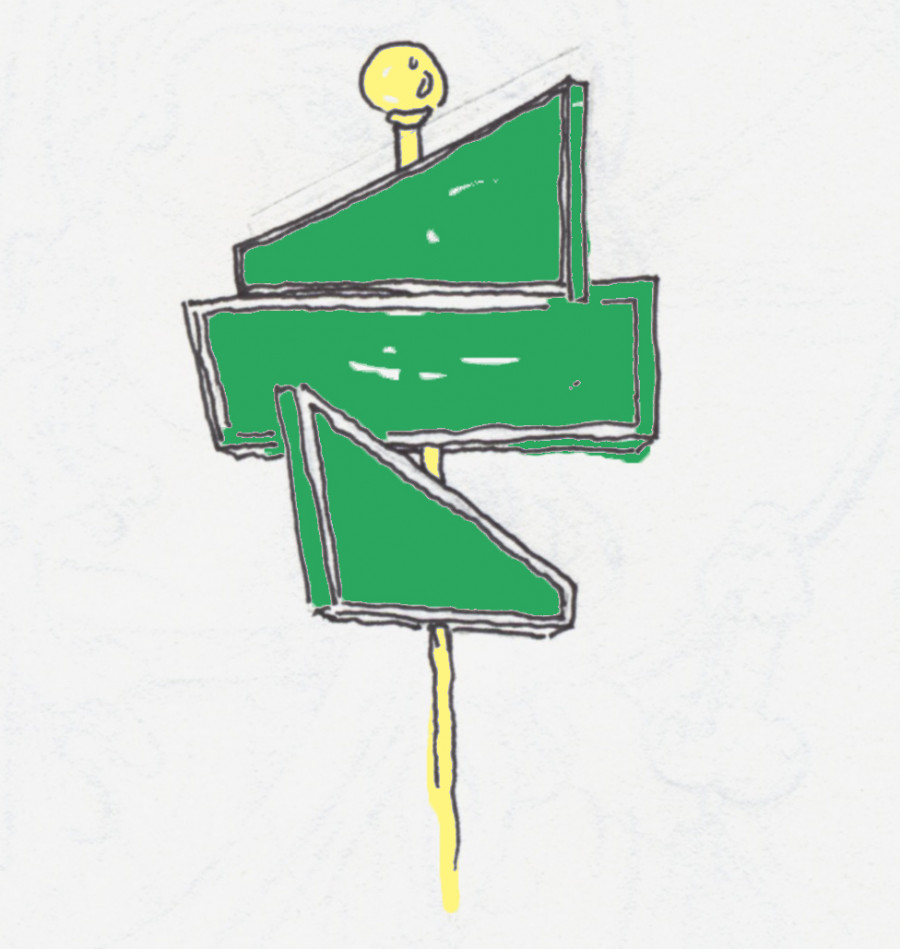What is Intersectionality?
An intersectional analysis helps us to understand the complex ways that gender-based oppression works, and is crucial in our collective struggle for justice.
In my life, intersectionality is simply the recognition that my identities as a woman and as a person of colour cannot be separated, and that systems of oppression such as patriarchy and racism work together, compounding the inequality and discrimination I face.
Intersectionality helps me to make sense of my life experiences: the poverty and lack of opportunities I faced as a child, being raised by a single-mother— a Guatemalan immigrant—the fact that I have often been the only woman of colour in many activist groups and professional workplaces, the othering and hypersexualization I face in my day-to-day life for being read as a “Latina,” and so much more.
The term intersectionality was first coined in 1989 by Black legal scholar Kimberlé Crenshaw. In her groundbreaking work, Crenshaw brought to light the fact that violence against women of colour, a product of both racism and sexism, was not being adequately addressed within the legal system or social movements.
An intersectional analysis and approach remains imperative in work to end violence against women.
Knowing that Indigenous women, two-spirits as well as trans women—particularly trans women of colour—refugee and immigrant women, women with disabilities, and sex workers are disproportionately impacted by gender-based violence means centering these narratives in anti-violence work. More than that, it means listening to their needs and supporting their demands.
Intersectional feminism teaches us that gendered oppression cannot be neatly separated from other forms of oppression. In the words of queer Black feminist Audre Lorde, “There is no such thing as a single-issue struggle because we do not live single-issue lives.”
This means that our feminist analysis must include an analysis of racism, capitalism, settler-colonialism, heterosexism, cissexism, ableism, imperialism and more.
It also means engaging in solidarity with movements working to tackle these issues. Without addressing broader systemic issues, our feminism is severely limited, and only serves the interests of a select few: white, cisgendered, middle-class, as well as elite women.
Yet, white liberal feminism is notorious for excluding the voices of racialized women, including Black and Indigenous people, as well as trans women and gender non-conforming folks.
Meanwhile, white liberal feminists like celebrity Emma Watson get a lot of the airtime when it comes to talking about gender equality. Facebook executive Sheryl Sandberg, and her brand of corporate feminism, tells us that we can succeed if we “lean in,” overlooking the systemic barriers facing those of us who aren’t privileged white women.
Taking an intersectional approach means taking stock of our privileges as women, and working to educate ourselves on issues that may not directly impact us. It means asking ourselves who is and is not in our feminist spaces, and working to create a more inclusive environment where they are welcome.
It means working across difference and walking together in our struggle for justice.


